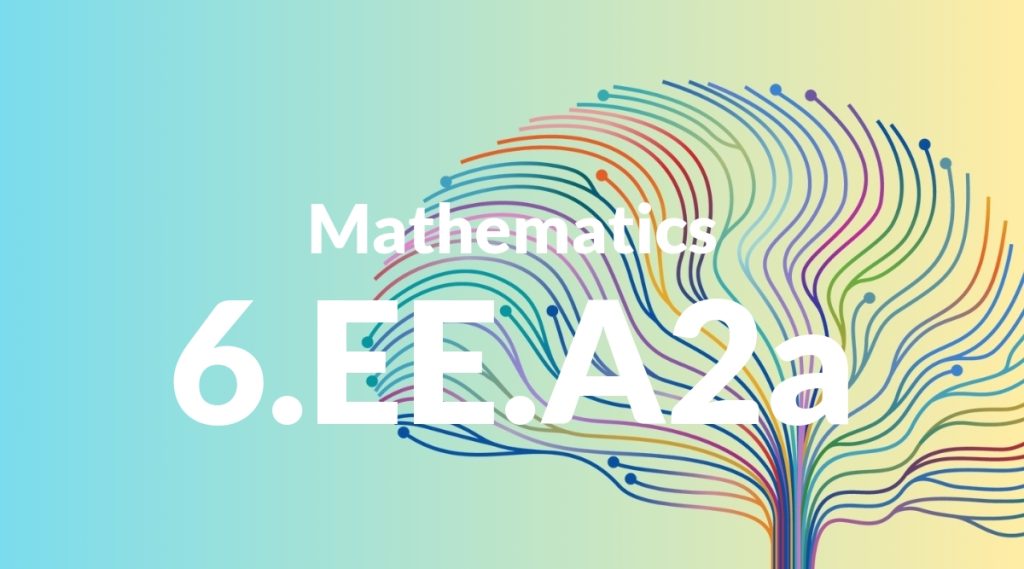Standard: 6.EE.A2 – Write, read, and evaluate expressions in which letters stand for numbers.
Grade level: Grade 6
Subject: Mathematics
Domain: Expressions & Equations
Teacher Overview
This standard introduces students to the foundational concepts of algebra by teaching them to write, read, and evaluate expressions where letters stand for numbers. Understanding this standard is crucial as it sets the stage for more advanced algebraic concepts and problem-solving skills that students will encounter in higher grades. Students should have a firm grasp of basic arithmetic operations and an understanding of variables as symbols that can represent different values.
After mastering this standard, students will be able to tackle more complex equations and inequalities, understand functions, and analyze quantitative relationships.
Common Misconception 1
A common misconception is that a variable can only represent one specific number. This is incorrect because variables are meant to be flexible and can represent different numbers in different situations.
Intervention 1
To address this misconception, use examples where the same variable represents different numbers in various contexts, and provide practice problems that reinforce this concept.
Common Misconception 2
Another misconception is that the order of operations with variables can be changed without following arithmetic rules. This is incorrect because the same properties of arithmetic operations apply to variables as well.
Intervention 2
To remediate this, offer exercises that apply the commutative and associative properties to both numbers and variables, emphasizing the consistency of these rules.
Prerequisite Knowledge
Students should understand basic arithmetic operations (addition, subtraction, multiplication, division) and be familiar with the concept of variables representing unknown values.
Subsequent Knowledge
Students will develop skills in solving more complex equations and inequalities, understanding functions, and analyzing relationships between quantities.
Instructional Activities
- Create and solve simple algebraic expressions using real-world scenarios.
- Use manipulatives to represent variables and constants in expressions.
- Group activities where students write and evaluate expressions based on given situations.
- Interactive online games that reinforce the concept of variables and expressions.




